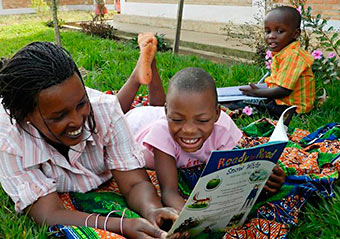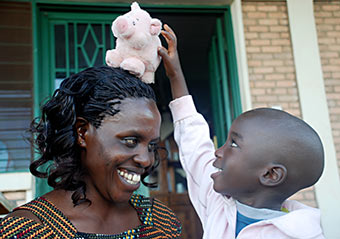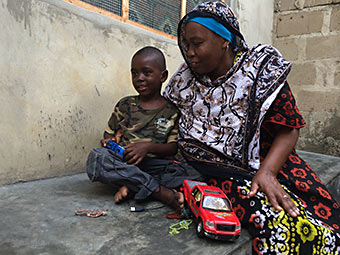Session 6/21
Page 1/4 How to practice professional caregiving: Attachment patternsHow to practice professional caregiving and how children respond to care: Attachment patterns

Competences to be exercised:
- Understand the ongoing balance between Task Work and Relations Work.
- The skills of practising professional Secure Caregiver Behaviour.
- Recognising and practising Secure Caregiver Style.

Theme of the session:
In session 4 you worked with understanding attachment behaviour and how caregivers can offer the children a Secure Base. In this training session you will study Secure Caregiver Behaviour in detail, and how children respond to caregiving. How should caregivers behave in order to make the children feel secure, so they can interact, play and learn? Also, children learn very early to cope with separation. The individual child learns a strategy of coping with separation and stress from it’s first caregivers. Basically children have four ways of coping – these strategies are called Attachment Patterns. You will exercise recognising these patterns, and have suggestions for how to respond in interaction with the child.
Aims of the session:
The main goal of this session is to understand how to practice professional care.

Why and how: Professional care focuses on the emotional and social relation with the child. At the same time you also have to do a lot of practical work: Change diapers, prepare meals, feed the children, etc. So you will also discuss how you balance relations work with practical task work. We will study in detail what is important to do in the caregiver-child relation. Before arriving in foster care, the child may have experienced neglecting or violent parents, many different caregivers, or busy and overworked staff members. Because of this, many children don’t respond normally to care, and it may take a long time before they do. So, we will also study how children respond to care, their attachment patterns, and how you can behave to make the child feel secure.
